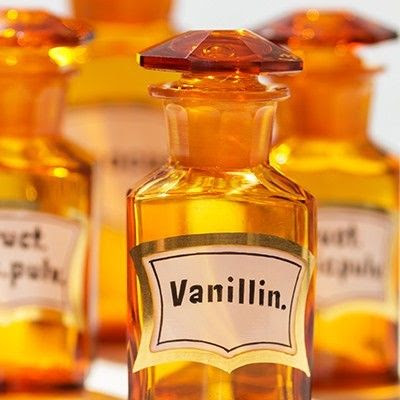Vanillin is a natural substance with the simple molecular structure C₈H₂O₎. It's a phenol, a chemical that has one chemical group, or carbonyl group, more than another. Its other functional groups consist of an amino group, hydroxyniline, and ether. It's the main constituent of vanilla's essential oil. The compound is produced by microorganisms when they are breaking down the sugars of the vericose cycle in the plants. Vanillin products are excellent additions to spice up drinks and meals, or to help set a particular flavor or style of food.
It's a powerful, antifungal aldehydroquinone. Its major functional groups are hydroxyl, ether, and ketone. It's the main constituent of vanilla's essential extract. It is used for topical use in cosmetics, nail polish, lotions, shampoos, gels, inhalers, soaps, and oral medications.
Its molecules are very similar to vanilla molecules. The two are similar enough that adding them together produces a similar flavor, but not enough that they result in a vanilla-like experience. The product in its natural state is bitter; the bitterness comes from the natural vanilla bean'spyrazine content. The product itself does not have a sweet flavor, but because of how it produces its flavors, many people have found it to be quite delicious. The flavor in its concentrated form, as well as concentrated vanilla essence, is often used as a natural sweetener.
It is as a flavonoid is just one class of flavor compounds. There are other flavors to which Vanillin belongs, including fruity flavors and floral fragrances. It can be found in abundance in raw products like chocolate, yogurt, vanilla, and other foods. In their purest form, molecules are too large to be dissolved in water. Because of this, it's important to apply product topically to make sure that the sweetness stays within one molecule of the product being treated.





No comments:
Post a Comment